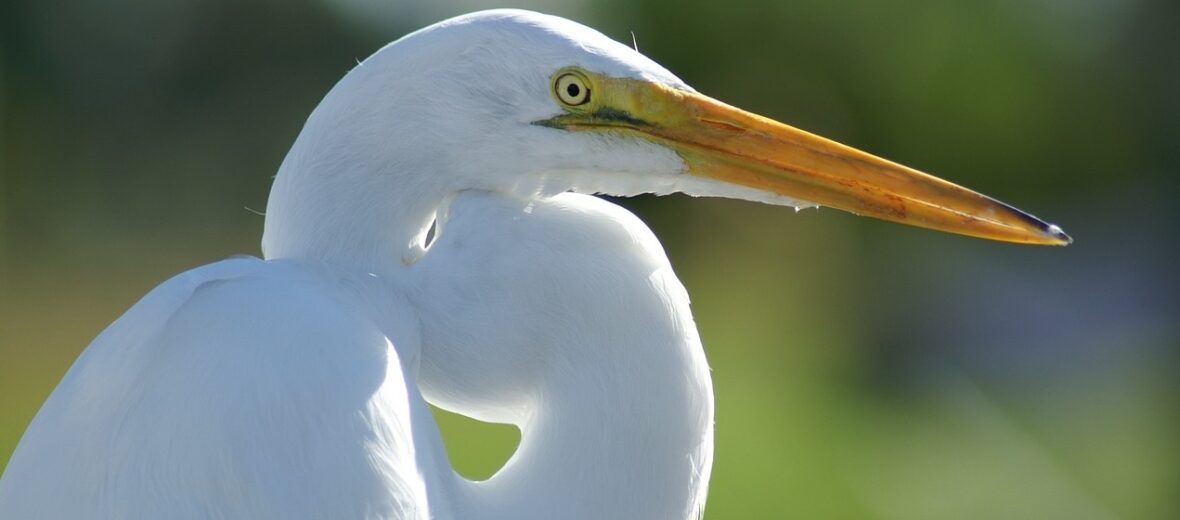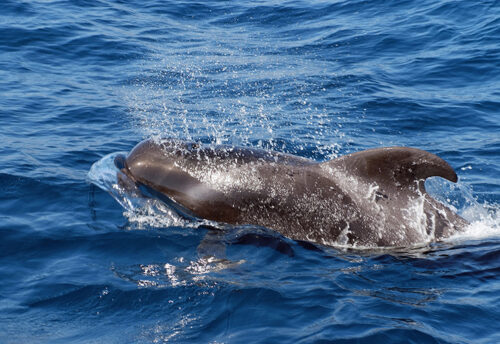
The great egret is a type of wading bird that belongs to the heron family. There are 4 known subspecies of great egrets that can be found in tropical and temperate zones around the world. Great egrets prefer lakes, swamps, ponds, streams, rivers, and islands. In the past, the egret’s beautiful white feathers where used to adorn hats; much to the dismay of egrets. Due to the increased popularity of these hats there was a huge decline in the number of wild great egrets. Fortunately, using egret feathers was banned at the end of the 19th century and today, the population of great egrets is stable.
First the Stats…
Scientific name: Ardea alba
Weight: Up to 3.3 lbs.
Length: Up to 3.4 feet
Wingspan: Up to 5.6 feet
Lifespan: Up to 22 years
Now on to the Facts!
1.) This bird is crepuscular (active at dawn and dusk).
2.) Standing motionless, the egret waits for passing prey to happen by. Then they strike within a fraction of a second and swallow their prey whole.
3.) They prey on fish, crustaceans, frogs, lizards, snakes, insects, small mammals, and even other birds.
4.) The primary predators are raccoons, owls and hawks.
5.) In winter months, egrets living in temperate zones will migrate to warmer southern regions and typically fly along the shores and river coasts.
But wait, there’s more on the great egret!
6.) They like to build large nests made of twigs, sticks, and leaves high up in trees near bodies of water, and also in tall grasses and reeds.
7.) Both parents participate in the rearing of their young.
Did you know…?
These birds are often spotted riding on the backs of crocodiles and alligators. How metal is that?
8.) Females lay between 4 – 6 eggs each season.
9.) There is a great deal of sibling rivalry from the larger chicks that can often result in the death of the smaller chicks. This is typically over food.
Now a Short Great Egret Video!
Also, check out the Critter Science YouTube channel. Videos added frequently!
Want to suggest a critter for me to write about? Let me know here.



